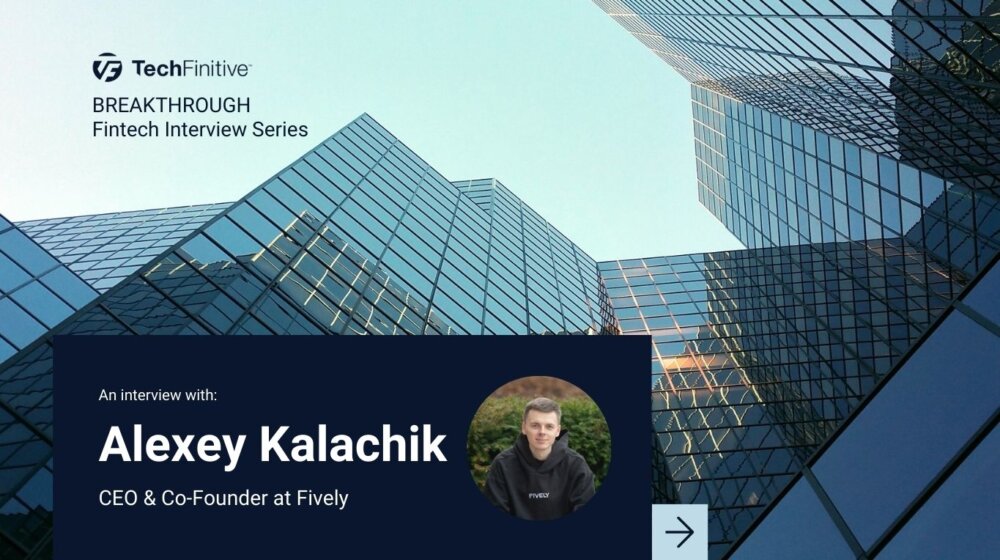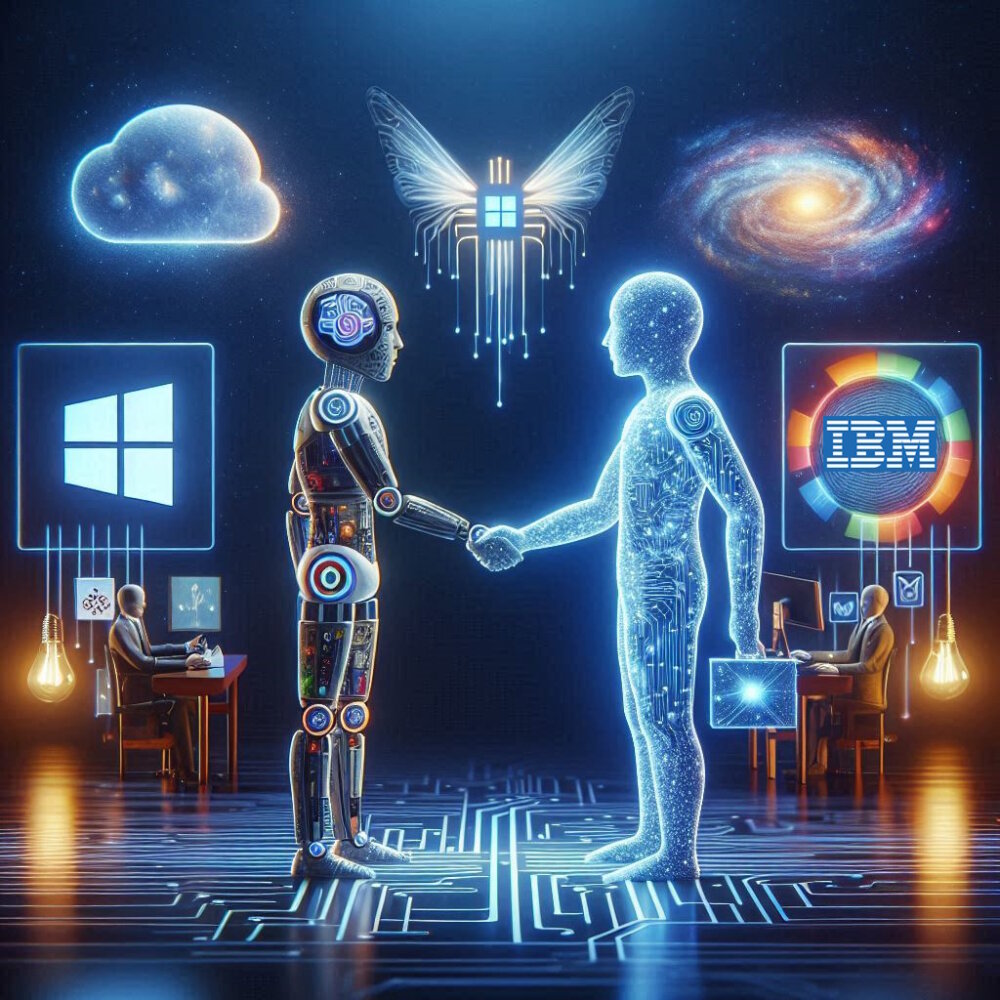
How brands are adopting virtual influencers
From Ronald McDonald to the Duracell Bunny, brands have always used fictional characters in advertising and marketing. The latest version of these cartoon mascots is the virtual influencer, an Instagram-ready character generated by AI in the hope of scoring lucrative collabs with major brands.
Virtual influencers are digital personas depicted in images created by generative artificial intelligence. They’re a fictional version of real-life influencers who make a career out of looking nice on Instagram, potentially bringing in big money from sponsorship and advertising deals. Some are followed by millions of fans, bringing a sheen of cutting-edge technology and a sprinkle of novelty to a brand’s marketing.
But, as ever with AI, controversy follows these computer-generated creations.
How much virtual influencers can earn
For an idea of how much virtual influencers could earn their creators, enterprise solutions provider SAP ran some numbers on 60 of the most-followed AI-generated influencer accounts.

The research points to Lu do Magalu as the AI influencer with the highest earning potential. This virtual character was created as part of a promotion for Brazilian retailer Magazine Luiza, and now has an enormous 6.8 million followers on the Instagram account @magazineluiza.
A sponsored Instagram post with that kind of reach could charge around £26,700, according to SAP’s research. The account has posted 45 times in the past 30 days, adding up to £1.2 million in a single month.
Potentially. These figures were worked out by an Instagram pricing calculator based on the account’s follower count, reach and engagement. The results are based on estimated prices for sponsored posts, which means the numbers won’t be accurate. But they do give an idea of the potential earnings for an AI character that captures the public imagination.
Brands and virtual influencers: the perfect partnership?
Lu do Magalu is clearly not meant to look like a real person, with just a touch of video game character to her design. Other characters are depicted as more photorealistic, even apparently interacting with people in the real world.
For example, photorealistic character Miquela Sousa is often pictured with real celebrities including 50 Cent. She was animated in an ad for Calvin Klein which depicted her sharing a kiss with model Bella Hadid.
Or take a look at her appearance in a promotional video for BMW, below.
Miquela was created by Trevor McFedries and Sara DeCou for their company Brud, which has leveraged her 2.7 million Instagram followers for collaborations with a range of brands like Samsung.
And the brands experimenting with this new trend aren’t always at the cutting edge. For instance, the influencer @imma.gram has worked with Ikea and Puma.
However, AI avatars aren’t a marketing sure thing.
In January, electric-powered Formula E racing team Mahindra hurriedly dropped a virtual influencer character after a public backlash. Ava Beyond Reality was billed as an “AI ambassador”, but fans questioned why a brand in the male-dominated sporting sphere chose to invent a fictional woman instead of hiring (and paying) a real woman.
Virtual influencers, real followers
Not all influencers have follower counts in the millions. Fictional environmentalist @leyalovenature, who “attends” conferences on climate change and the blockchain, has 564,000 followers. Fashion models @iamxalara, @shudu.gram and @thalasya_ are depicted doing typical influencer things like posing in nice clothes and sipping drinks, with varying degrees of realism and follower counts ranging between 240,000 and 499,000. Pink-haired Spanish character Aitana Lopez, posting photoreal pictures at @fit_aitana, has 290,000.
That’s just a fraction of the follower counts of flesh-and-blood social media stars like Cristiano Ronaldo, Selena Gomez or Beyonce. But those real-world stars charge hundreds of thousands of dollars for a post, which means an AI-generated celeb may be within a brand’s marketing budget.
It seems that virtual influencers are here to stay, especially as AI tools improve. Photos of these characters are just the start. When Betty Boo-style cartoon character @noonoouri, created by artist Joerg Zuber, gained a voice thanks to generative AI, Warner Music snapped her up for a record contract.
A headline-grabbing gimmick that may be, but as voice cloning gains traction and tools such as Sora take video to jaw-dropping new levels, virtual influencers may expand from Instagram’s still images to platforms like YouTube and Spotify.
The question for brands and businesses remains whether an AI-powered mascot will attract customers or turn people off.
NEXT UP

Alexey Kalachik, CEO & Co-Founder at Fively: “The potential for digitalisation within insurance is enormous”
We interview serial entrepreneur Alexey Kalachik, CEO & Co-Founder at Fively, on the future of fintech and what makes this space so exciting for startups.

IBM bolsters AI push with Microsoft Copilot launch
In a bid to boost its AI offering, IBM Consulting will enable enterprises to create and manage AI copilots – including Copilot for Microsoft 365

Andrew Kay, Director of Systems Engineering APJ at Illumio: “The most worrying development with ransomware is that it has evolved from simply stealing data to impacting IT availability”
Andrew Kay, Director of Systems Engineering APJ at Illumio, has 20 years’ experience helping organisations strengthen their cyber resilience. We interview him as part of our Threats series on cybersecurity.
